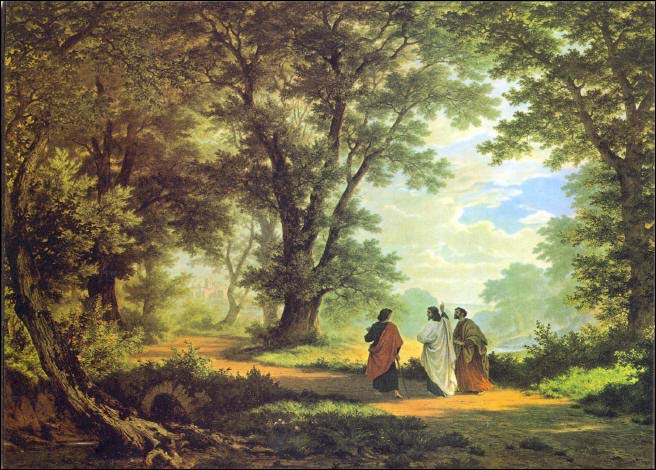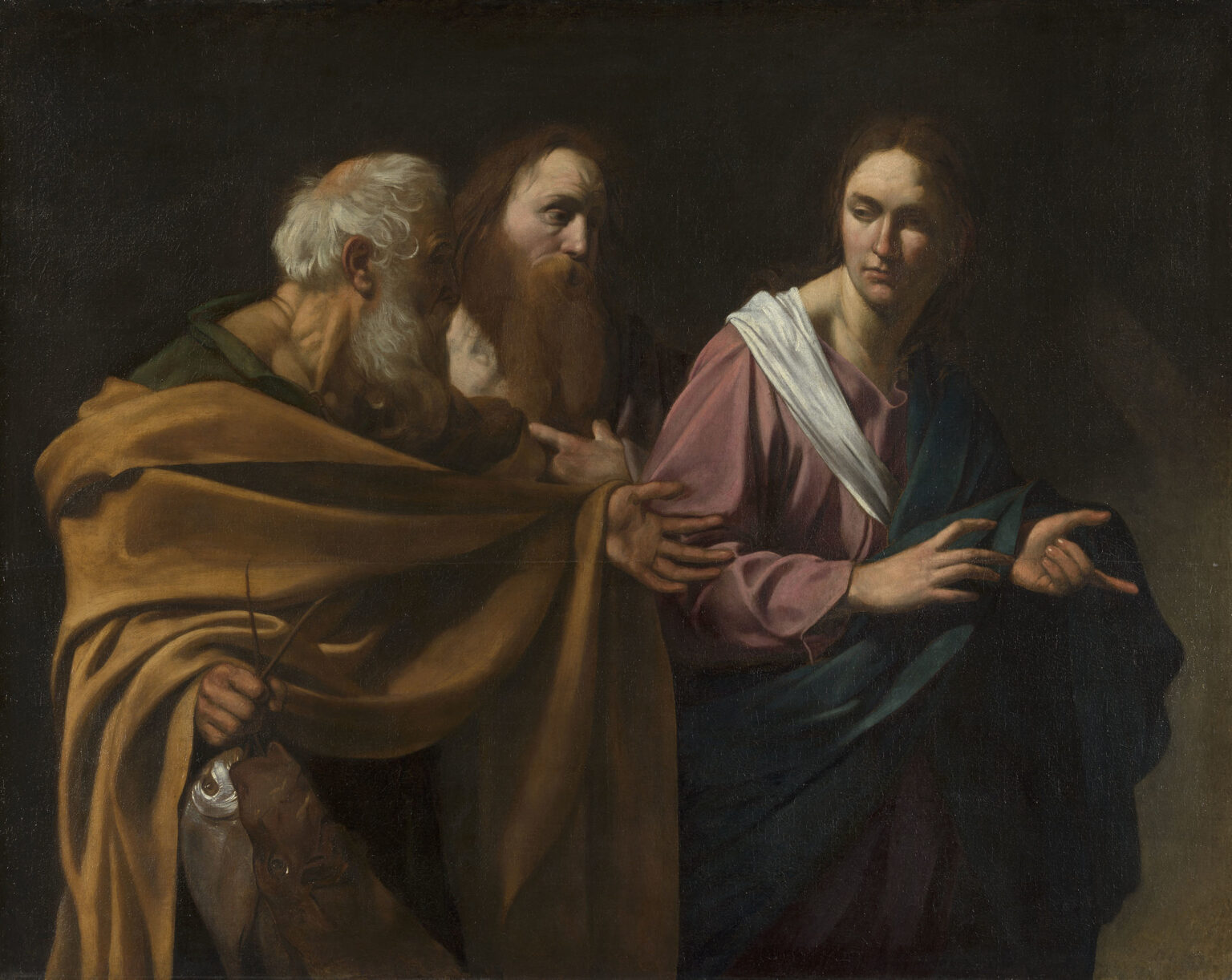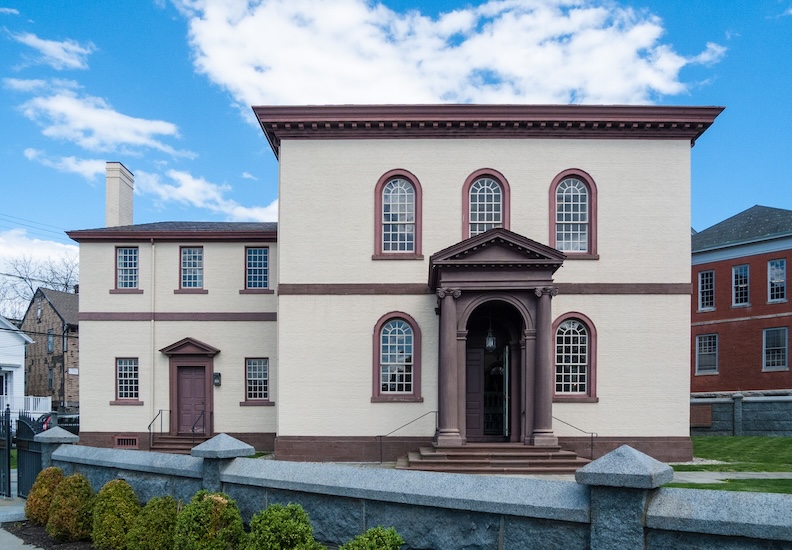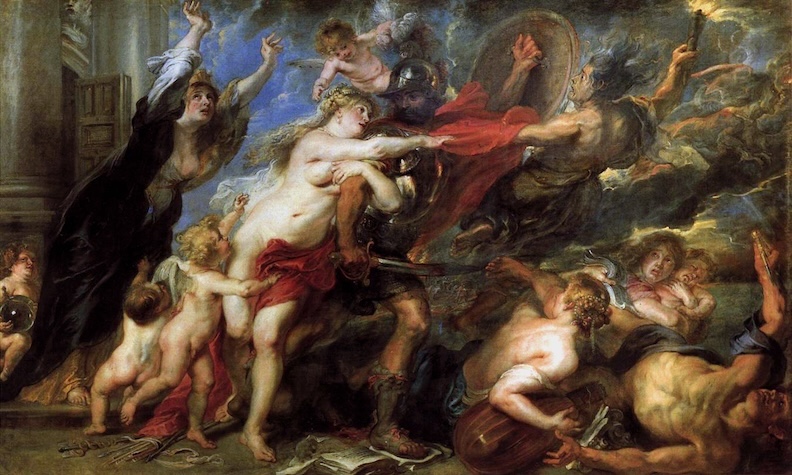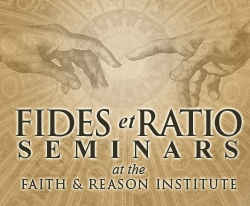The Church Somnolent
Written by Robert Royal
Tuesday, December 17, 2024
Among the many things that the current Church seems no longer awake to is a crucial trinity: the Church Militant, the Church Penitent, and the Church Triumphant. If you didn’t learn about those three growing up, they’re not so hard to understand. The Catechism of the Catholic Church puts it, simply, under the rubric The Communion of the Church of Heaven and Earth: “The three states of the Church. ‘When the Lord comes in glory, and all his angels with him, death will be no more, and all things will be subject to him. But at the present time some of his disciples are pilgrims on earth. [i.e., Church Militant] Others have died and are being purified [i.e., Church Penitent], while still others are in glory [i.e., Church Triumphant], contemplating ‘in full light, God himself triune and one, exactly as he is.’”
It’s worth noting, among other notables in this passage, that the Church Militant is not just out for a stroll; it’s headed in a definite direction and, given the threats within and without, is engaged in what used to be called spiritual combat. It would be hard to say that the recent focus on “walking together” gets all that. The Church Militant pilgrimage includes much more than endless conversation, in which the process itself is more important than the final destination. It’s about the literal – and in the deepest possible sense – struggle to arrive, in the end of time, at the unity of Heaven and Earth.
All this used to be understood as the very reason for the Faith and the Lord’s coming into the world, as we will remember at Christmas: to redeem us from sin and death.




